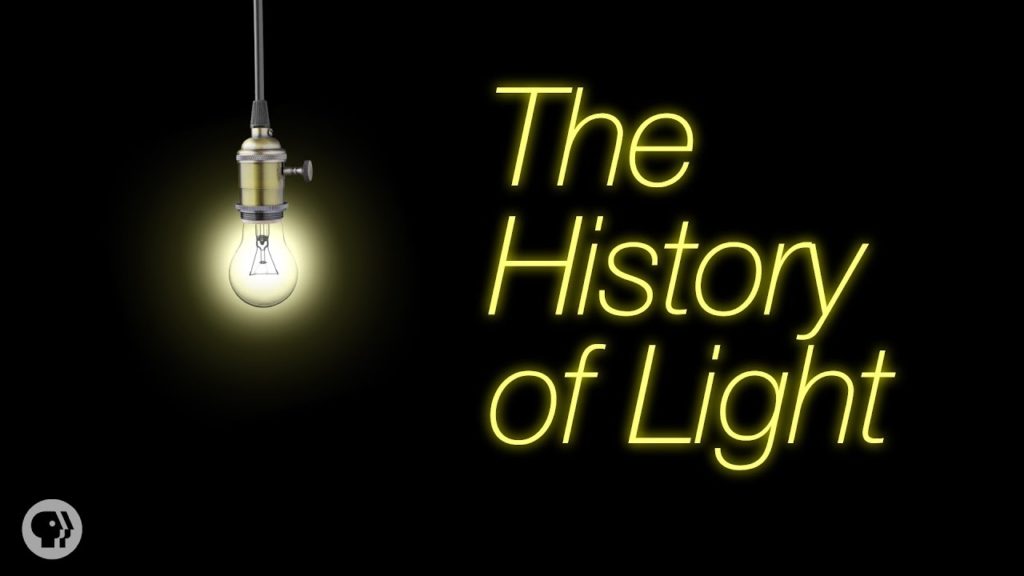How Did We Figure Out What Light Is?

From the ancient Greeks believing that vision is the result of rays being shot out and returned to eyes to Einstein discovering the concept of light and the manner in which we see this world, it took more than 2000 years to get to the conclusion we are on today.
Contents
Euclid’s Idea About Light That Was Later Proved Wrong
It was established by a mathematician, Euclid that light travels in straight lines and was believed the same not until a 10th century Arab Muslim experimented instead of relying on Euclid discovery.
His experiment involved a room having two walls and two lanterns outside the room. It was observed that there are two spotlights inside the room and when the lantern was covered, the spot of the very lantern vanished thus proving that Euclid’s idea was wrong. Instead of giving out light, our eyes are just receivers.
Newton’s Experiments
After some years, it was discovered that light travels at a speed from one place to another. After this was established, Newton began to perform some experiments.
Experiment with prism
When the light was made to travel through a prism, it was discovered that it recombines the light after separating it. The reason behind this is that various colors bent at their respective amounts.
Experiment with white light
Newton also performed some experiments by shining colored light on objects. When the true color of the object was used, it made the object shine brighter than ever. This then proved that the white light contains every color and when objects were made to absorb the colors, they reflect the color we see but absorb all other colors that they are not.
Discovery Of Infrared And Ultraviolet Rays
The corpuscular theory is a theory that was believed by many scientists including Newton. According to this theory, light is composed of tiny particles that have their own color. Newton divided the rainbow into a band of 7.
William Herschel, just like Newton sought the help of prism for his experiments. He used it to break the sunlight into the respective colors so that the temperatures can be measured across the rainbow. He observed that the temperature was highest as soon as it crossed the red color emphasizing the presence of invisible light beyond that color. These later came to be known as infrared rays.
Johann Ritter tested the spectrum beyond purple where he discovered that the chemical reactions happened at a very rapid rate. These later were known as ultraviolet rays.
Light: A Wave Or A Particle
Max Planck experimented the spread of energy in the spectrum in little bits but to make this work light has to be a particle. Later Einstein used this to explain the photoelectric effect. Shining light beams on metals can explain the behavior of light as photons as single photos can knock out single electrons easily out of their atoms.
Thus with the help of these features, it was concluded that light is neither a wave nor a particle but both simultaneously.






Responses